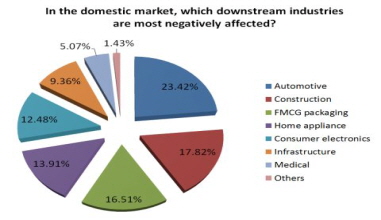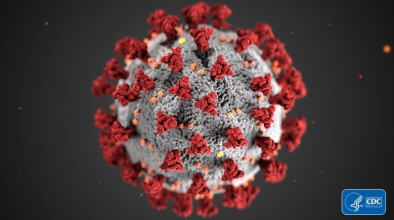Japanese machinery maker Toshiba Machine Co. Ltd. is changing its name to Shibaura Machine Co. Ltd., effective April 1, 2020.Toshiba Machine stockholders approved the name change during a general meeting in June, the company said. It will make a gradual shift to Shibaura Machine throughout the next year.Takahiro Mikami, president of Tokyo-based Toshiba Machine, said the new name takes the company back to its roots."We were founded in 1938 as Shibaura Machine Tool Co.," he said in a statement.Decades later, in 1961, Shibaura Machine merged with a corporate spinoff to form Toshiba Machine.The move also follows previous steps to achieve independence from Toshiba Corp., the former parent company and top shareholder. In March 2017, Toshiba Machine bought back stock owned by Toshiba Corp., enabling a split from the parent company.It said its separation from Toshiba Corp. "has been seamless, with no impact to the company's operations, customers, shareholders, employees or business partners, nor the value of Toshiba Machine's stock," a Sept. 9 news release said. It expects a smooth transition to Shibaura Machine as well."Our goal as Shibaura Machine is to be a supplier of the highest quality machinery and systems, one that is well-positioned to grow and contribute to the global economy for decades to come," Mikami said.source: https://www.plasticsnews.com/news/japans-toshiba-machine-become-shibaura-machine-2020
editor
2019-09-22




















